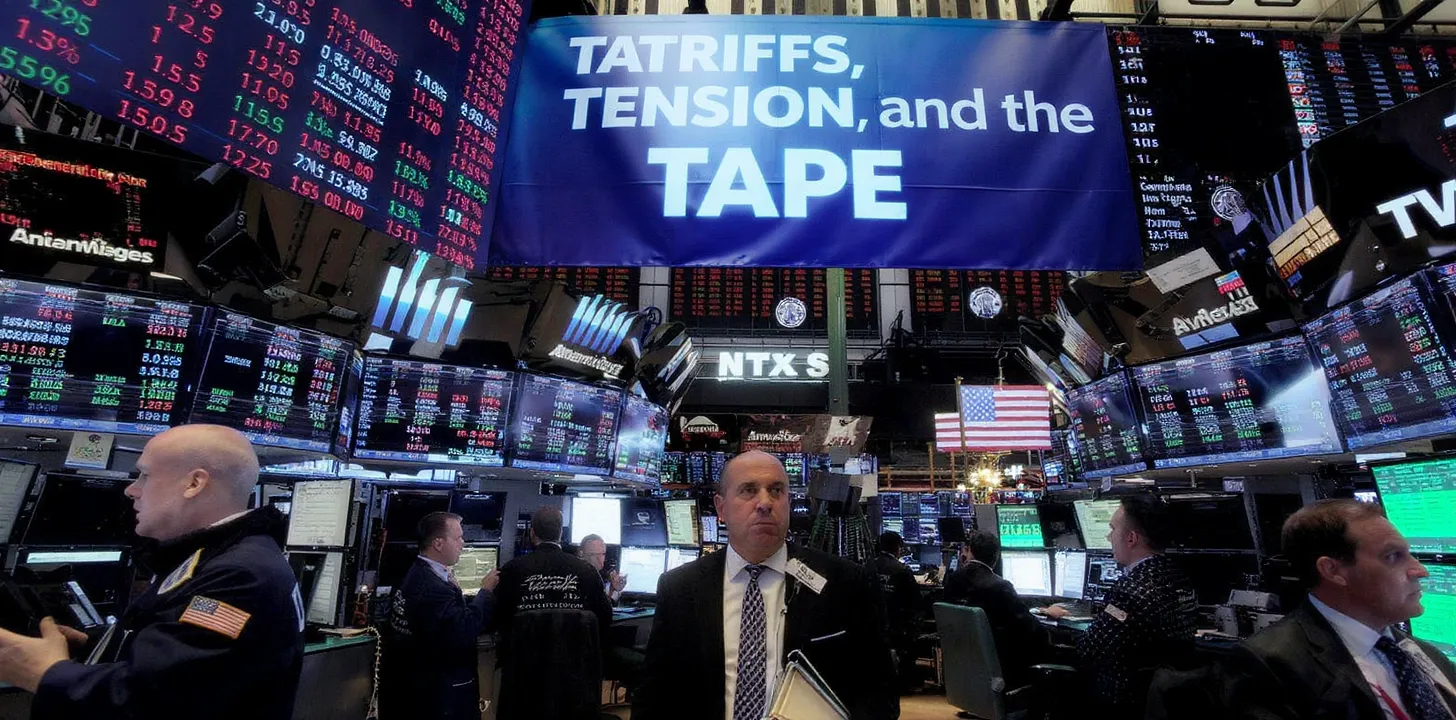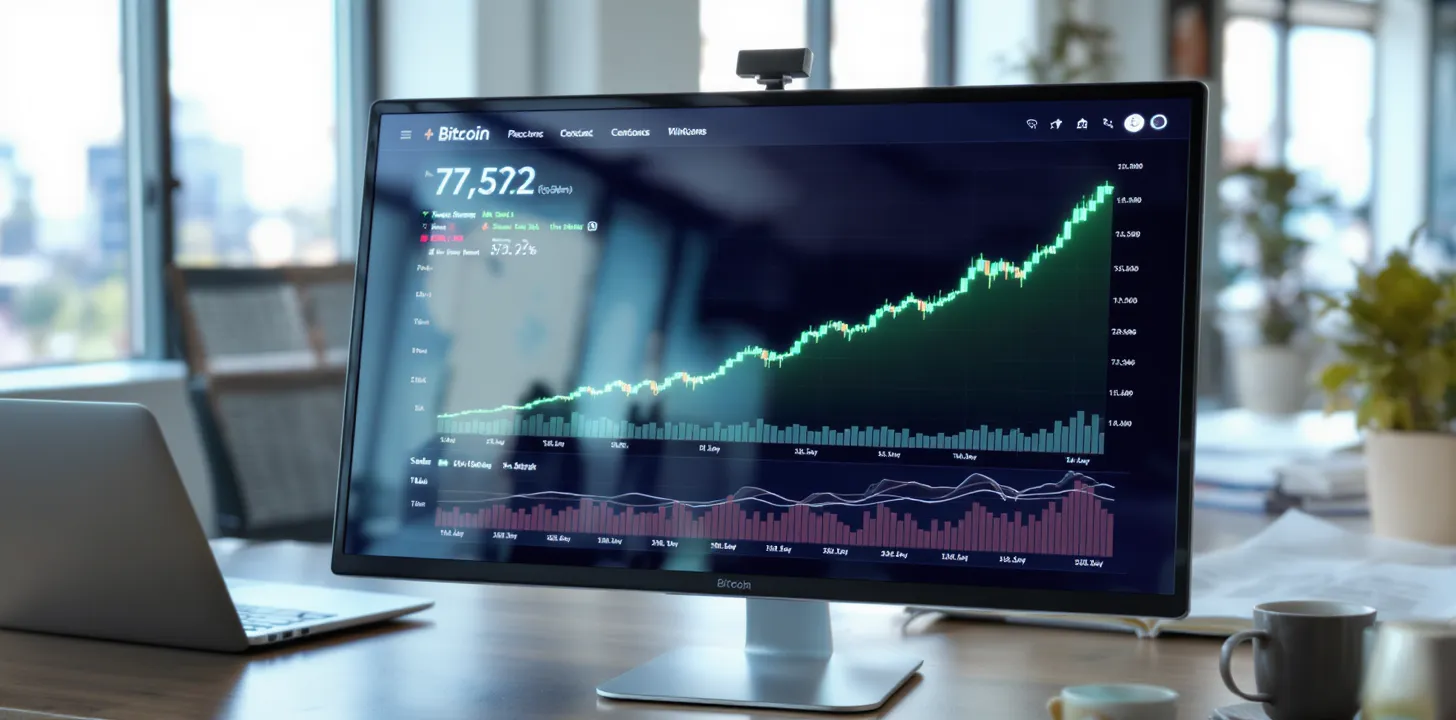Gold’s Shimmering Ascent Amid Easing Inflation and Global Geopolitics
Introduction
Gold prices have continued their upward journey, touching levels not seen since mid-December. Multiple interwoven factors—ranging from softer U.S. core inflation data, Federal Reserve monetary policy expectations, geopolitical developments in the Middle East, and renewed concerns over global trade—have influenced recent market sentiment. In this blog post, we delve into the current trends shaping the gold market, analyze the indicators driving price movements, and offer a detailed study on the impacts and spillovers across other markets and assets.
1. Recent Gold Price Movements
1.1. Record Highs Since December
Gold touched its highest price since December 12, reflecting its ongoing status as a reliable safe haven. Spot gold hovered around $2,696.30 per ounce, and U.S. gold futures edged up to $2,725.20. After a short-lived correction in early January, bullish momentum regained traction on the back of new economic data, signaling that inflation pressures might be fading.
1.2. Short-Term Stabilization
Despite hitting these highs, gold eventually stabilized. The news of a ceasefire deal between Israel and Hamas, which would ordinarily reduce some safe-haven appeal, only tempered the precious metal’s rally but did not halt its overall upward trend. Investors appear to be balancing geopolitical uncertainties with the hope that monetary easing in the U.S. could lower bond yields and thus support gold in the medium term.
2. Macro Indicators Shaping Gold Prices
2.1. Softer U.S. Core Inflation
The U.S. Bureau of Labor Statistics reported that core Consumer Price Index (CPI)—excluding food and energy—rose 3.2% on an annual basis in December, a notch lower than market expectations of 3.3%. This marginal softness suggests a slowing pace of underlying inflation, reinforcing the narrative that disinflation is setting in. Gold often benefits when inflation pressures ease enough to allow central banks room for more accommodative policy, as lower interest rates reduce the opportunity cost of holding non-yielding gold.
2.2. Fed Monetary Policy Expectations
Analysts are increasingly pricing in the possibility of more interest rate cuts by the Federal Open Market Committee (FOMC) later this year. Lower interest rates typically lend upward momentum to gold prices, given investors’ preference for an asset that is not eroded by rising borrowing costs.
2.3. Potential Tariff Policies and Inflationary Concerns
With President Donald Trump set to start a second term, markets are once again concerned about the potential introduction of new tariffs. Trade tensions historically induce inflation by increasing the cost of imported goods, which may impact central bank policies and add volatility to gold markets.
3. Geopolitical Factors and Market Sentiment
3.1. Israel-Hamas Ceasefire
The ceasefire agreement between Israel and Hamas provided a momentary respite for investors concerned about further instability in the Middle East. Despite this, market conditions remain edgy, meaning gold’s appeal as a safe asset persists.
3.2. Trump’s Policy Uncertainties
Renewed trade tensions under the new administration could keep pushing gold prices upward. Markets are watching closely for policy announcements related to tariffs and fiscal spending.
4. Detailed Impact and Spillover Analysis
4.1. Currency Markets
The U.S. dollar slipped following the softer-than-expected inflation data, making gold cheaper for holders of other currencies. This inverse relationship between the dollar and gold remains a consistent driver of bullion prices.
4.2. Bond Yields
The benchmark 10-year U.S. Treasury yield has retreated from recent highs. When yields fall, gold becomes more appealing, as the opportunity cost of holding gold decreases.
4.3. Equities
Easing inflation fosters optimism in equity markets, but potential trade frictions and geopolitical risks can drive risk-averse investors toward gold as a hedge.
5. Outlook and Conclusion
All signs point to a robust environment for gold in the coming months. Softening inflation may give the Fed latitude to either pause or cut rates, reducing real yields and boosting gold’s appeal. At the same time, global uncertainties over trade and geopolitics ensure that safe-haven demand remains significant.
Gold’s ascent, driven by softer inflation, potential Fed policy shifts, and geopolitical tensions, highlights its role as a key hedge against volatility. While short-term dips may arise, the overall trend appears bullish, supported by strong global demand for safe-haven assets.



